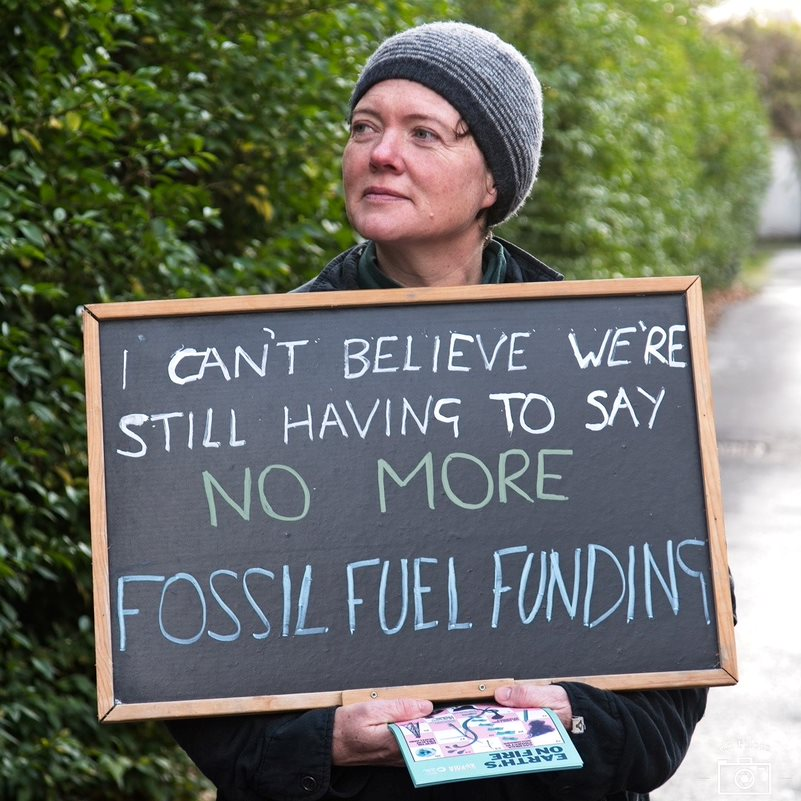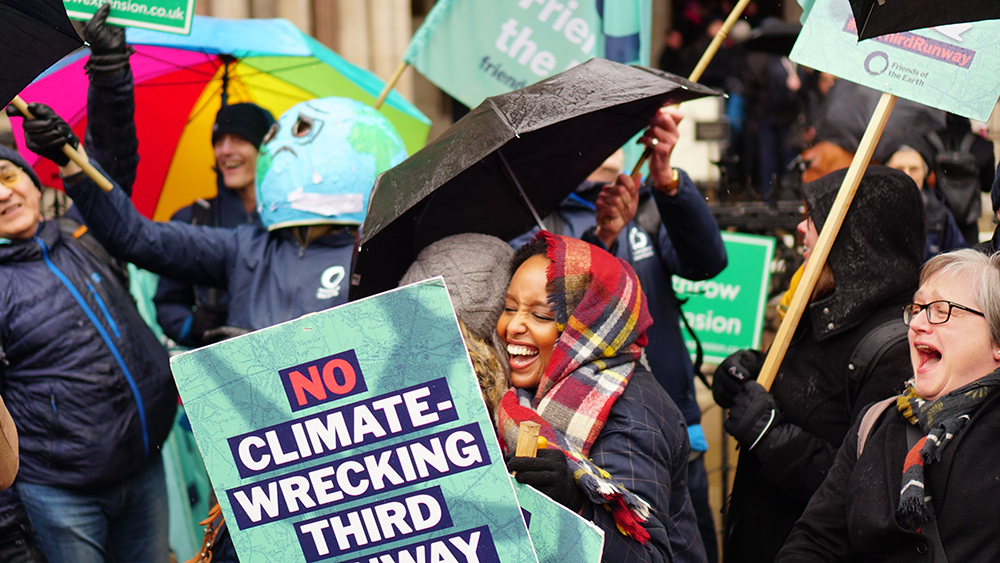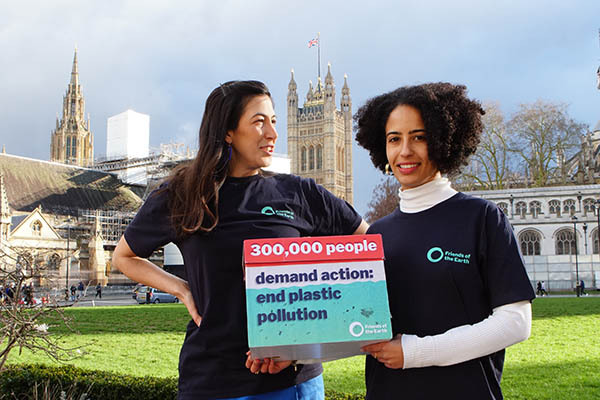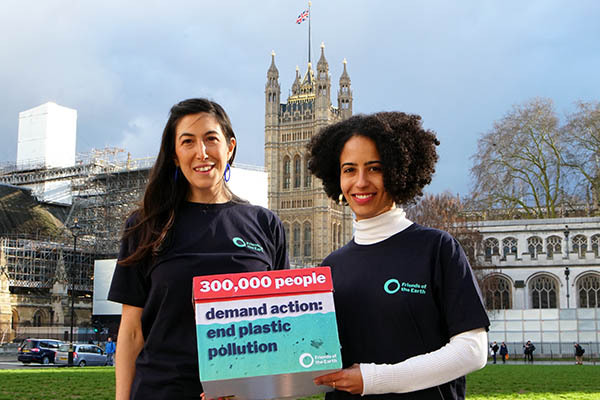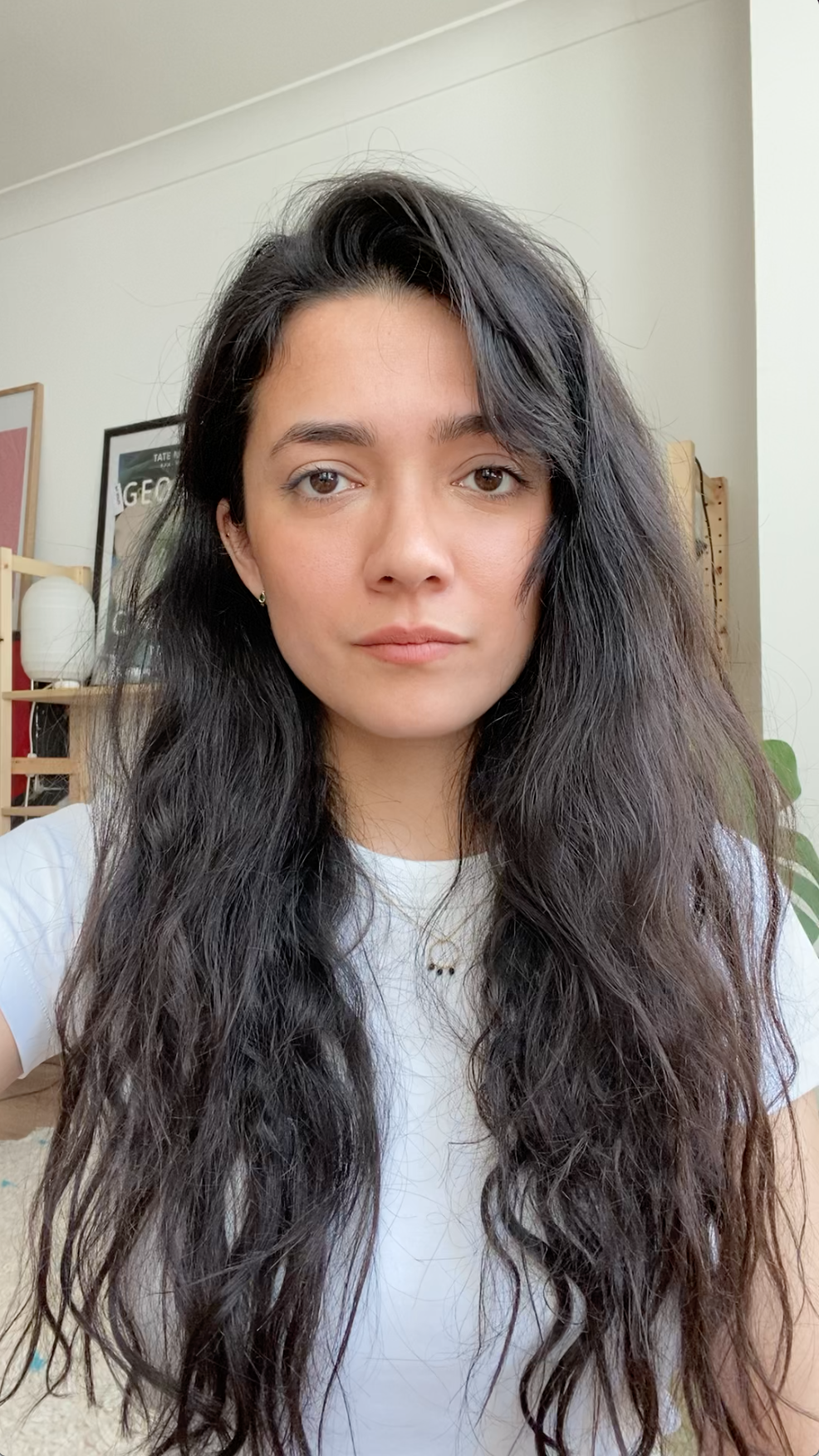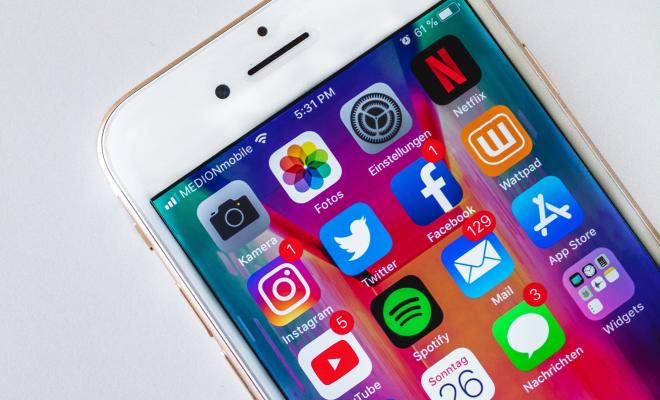03 Dec 2025
Photos capture people’s attention in an immediate, instinctive way. It’s important to think about who you’re trying to reach, and what you want to achieve.
Before you take photos, it’s good to consider a few questions:
- what are you trying to achieve?
- what story are you telling?
- who is your audience?
- what do you want them to think, feel and do?
What do you need photos for?
Start by thinking what purpose your photo will serve (with the questions above), the context, and how that affects the story your photo is telling.
For example, on the homepage of your website or Facebook account, you may want photos that show the people in your group. If you want to encourage new people to get in touch, aim for photos where your group members look friendly and inviting.
For a media or press photo, you may want an attention-grabbing action photo, that tells a story. Perhaps with a simple banner or prop that conveys your key campaign message. If you're protesting about an issue, or demanding action on an issue, make sure your photo includes that issue – or references it in some way.
If you’re taking photos of an event, it’s a good idea to capture people in action, for example, planting a tree, giving a speech or in a meeting with an MP. Don’t be afraid to go close to your subject (while adhering to social distancing rules if required).
What makes a great composition?
Composition is how the parts of a photo are arranged. For example, how the lighting looks alongside the object being captured. If the aim is to tell a story or convey a message, we want to think about what's in the shot and how it's arranged to make it visually appealing.
Do:
- Think about what you want in the photo, in front of a building or monument for the story, or placement of any props in the background.
- Think about adding branding so the link to your group or Friends of the Earth is clear from the photo.
- Use the concept of rule of thirds, split the screen into a grid with 9 parts, and experiment placing the subject or most important aspects where the lines cross.
- Photos of people are often more engaging and help to share the stories we’re trying to tell.
- If it's a portrait or group photo, make sure you have eye contact, you may need to take a handful of pictures to make this happen.
- Take a variety of close-ups and wider photos. Remember that professional photo shoots will have hundreds of photos for every one of two that is actually used.
- Use natural light where possible, with light falling on the subject rather than behind. Be aware of the position of the sun, avoid harsh shadows falling across people's faces. Avoid backlighting subjects as mobile phones can struggle with challenging lighting.
Don't:
- Don't use digital zoom – you are cropping into the image which will lower the resolution. Try to stick to optical zoom if your phone has this feature or simply move closer to your subject.
- Avoid using flash.
Examples:
- Emotive, captures the moment by focusing on people’s reactions.
- Clear branding and placard immediately shows what the photo is about.
- You can crop photos after to focus in on one element, consider the rule of thirds.
- Take a number of photos to make sure everyone is looking at the camera and that they're smiling (if appropriate).
- Taking portrait slightly below their eye line conveys power and action.
- Parliament is clearly in the background, setting the scene.
Technical requirements
Before you take a photo, have a think about where it may be used, this way you can make sure you have the best image for its use.
Landscape photos are most common for web use, Twitter and Facebook.
On Instagram you will usually want to use square photos, or vertical photos if sharing in the stories function.
Editing
Smart phones now have a great functionality for editing your photos. Go over all the pictures you took and pick out your favourites to edit.
On the picture gallery select a photo and press edit.
Note that on Android you have to click the floppy disc save icon in the top right corner before exiting the edit screen.
Ways to edit:
Crop: cropping an image allows you to remove unwanted parts of the photo. Inside edit you should see this icon:
Click and then drag the edges of the photo.
Rotate: you can rotate an image, flip horizontally or tilt. Use this:
to straighten the image. On an iPhone, rotate is in the same options as crop.
Colour and light adjustments
The functionality can be very advanced with many options, but key ones you might want to experiment with are these.
A key thing to remember is to not overdo it, as too much editing will start to distort the image and look will not seem natural.
On both iPhone and Android these functions are within adjust.
Contrast in a photo is the difference between the light and the dark areas. Higher contrast photos are usually more striking and vivid. Use the slider to increase or decrease the contrast.
Exposure will increase the amount of light in the picture, without impacting the darker areas too much.
Shadows: you can increase or decrease the darkest areas, which can be a great fix for unwanted shadows.
Saturation: this increases or decreases the intensity of the colour, you may want to increase it very slightly.
When completed press done on iPhone or the tick icon on Android.
You can revert back to the original by going into edit and then revert on iPhone. On Android inside the edit screen there are arrows in the top right to go back reversing changes, you can then save at whichever point.
How to make short films on your phone
A lot of the principles are similar for producing videos as photos, for example light and composition.
Light: try to use natural light, if inside turn off overhead florescent lights and stand facing the window to pick up natural light to illuminate your face if filming yourself. If filming someone else or a group activity stand where you can pick up the light falling on them.
Composition: if filming a talking head explainer it’s best to have the upper torso in frame, so the screen is filled mostly with the subject.
Think about what can be seen in the background, can you make it more visually pleasing, a bit of colour or a nice plant. Or something relevant to the subject matter.
Before you film ask where it will be shared, many of our talking heads are now shared on Instagram IGTV so we film portrait. If it’s for Twitter, Facebook or YouTube you’ll want to film landscape.
Stabilise: hold the phone as steady as possibly, you could get a small phone stand, but the majority of social media videos are handheld.
Movement: if you’re filming an event or want to show multiple items in the video move slowly, without jerky movements. You can slightly duck to ground yourself more.
Audio: the audio is just as important if not more so on videos, especially if it’s a talking head explainer. It’s best to record a short clip and listen back to what you can hear. Is there any background noise? Turn off any humming equipment, close doors and try and not record in windy weather.
Delivery: if filming a talking piece try and speak naturally rather than reading lines written down. It’s better for it to be in your own words and how you would naturally speak to someone than following the script word for word.
GDPR guidance
While not immediately apparent, photos and videos where a person’s face is clearly visible are considered personal data and should be protected. For best practice, especially for events, follow these steps to help protect your community:
- Brief people in advance about any photography or videography happening
- If possible, display signs highlighting that photography and/or videography is taking place
- Provide "no photography" badges or stickers for those who don't want to be in any photos or videos.
- If you want to use photos or videos where people are clearly identifiable, make sure you’ve gathered written consent using the template consent forms below, or record verbal consent including what and who they gave consent to, as well as how, where and when. Scan and save all consent forms and records.
- You must collect written consent for any photo or video content that includes children.
- Ensure people who’ve consented are aware their participation is voluntary and that they can withdraw their consent at any time.
- Ensure people who’ve consented are aware the photos/videos may be edited or altered, but that any substantial changes to their likeness require their consent.
- Record the date of your photo and video content and set an expiry date to 5 years after they were taken. Treat old content like old data and make every attempt to regain consent for older photos and videos. Also make it clear how people can reach out if they’d like their photo/video removed.
Check in with [email protected] if you have any questions. You can visit our GDPR guidance page for more advice.
Share your content
If you're happy for your photos and/ or videos to be shared with Friends of the Earth and its audiences on social channels and the websites, send us an email at [email protected] with the content attached and the name we should credit if it's used.
If you want to share your photos and/ or videos on your groups channels, you can learn more about where to share them and how to get the most out of your content below.
If you're not sure how to caption your content, take a look at our handy video below.
For more information on how to make the most out of social media, read our beginner's guide to social media.
We'll respond and let you know exactly how we plan to use your content, and will only proceed if we have your permission.


